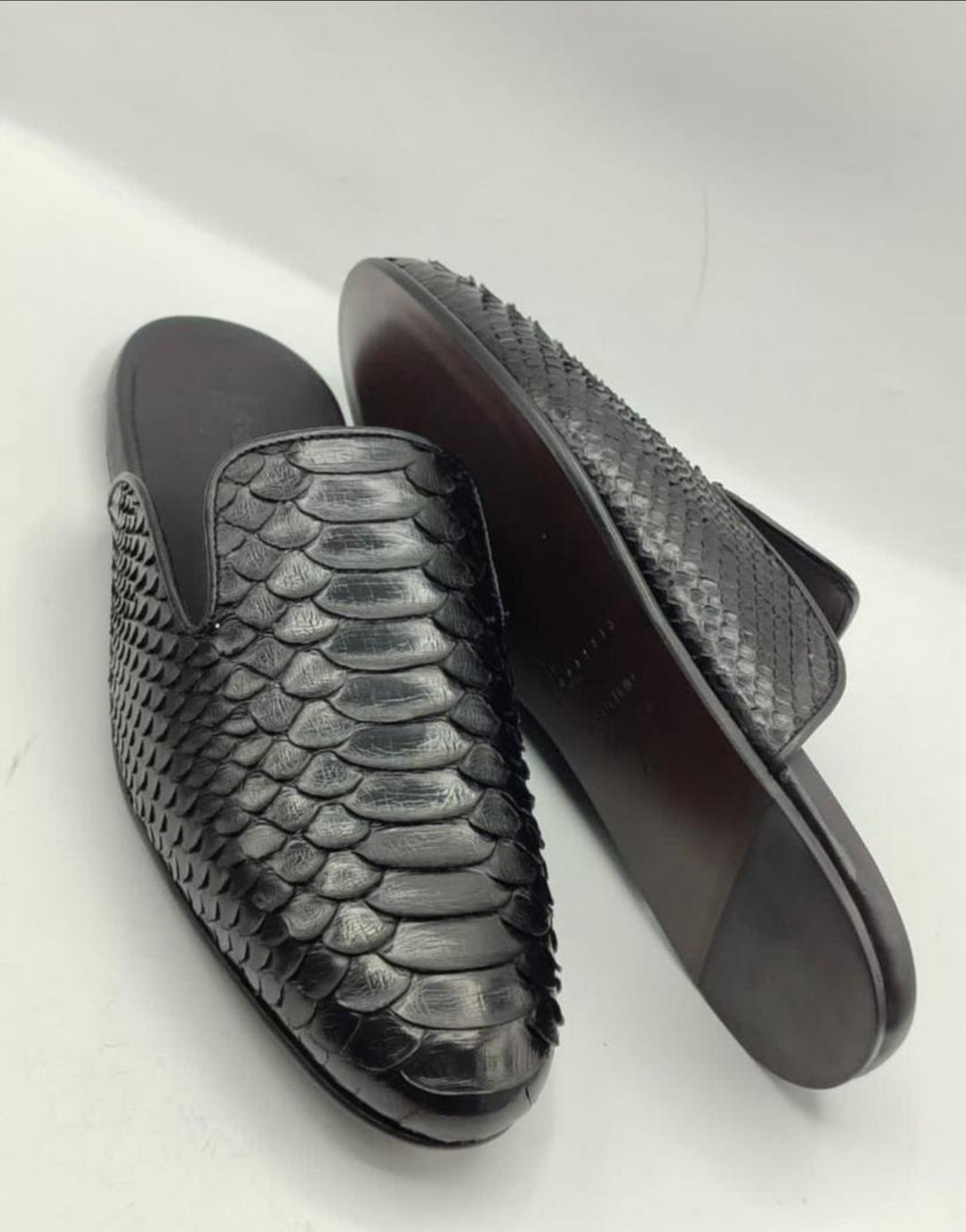CAN I IRON MY ORIGINAL KAFTAN?
One of the most common questions we hear at Kaftan Lagos, and indeed across the kaftan-wearing community, is: "Can I iron my original kaftan?" The short answer is yes, most likely, but the longer, more important answer involves understanding the specific fabric of your kaftan and applying the correct ironing techniques to preserve its beauty and longevity.
At Kaftan Lagos, we pride ourselves on crafting original kaftans from a variety of exquisite, high-quality fabrics. Each material has its unique characteristics, and therefore, its own set of care instructions, especially when it comes to ironing. Properly caring for your kaftan ensures it remains a cherished part of your wardrobe for years, maintaining its luxurious feel and elegant drape.
READ ALSO: THE MODERN LAGOSIAN MAN: 5 KAFTAN STYLES YOU NEED THIS SEASON (2025 TRENDS)
Understanding Your Kaftan's Fabric: The First Step to Proper Ironing
Before you even plug in your iron, the absolute first step is to identify the fabric composition of your original kaftan. This information is usually found on the care label sewn inside the garment. If the label is missing or illegible, consider the texture and appearance of the fabric to make an educated guess.
Here's a breakdown of common kaftan fabrics and their recommended ironing approaches:
1. Silk Kaftans: Handle with Care
Silk is renowned for its luxurious feel and beautiful sheen, but it's also a delicate fiber that requires gentle handling.
-
Ironing Temperature: Low to medium heat (silk setting). Avoid high heat, which can scorch or damage the fibers.
-
Dampness: Iron silk when it's slightly damp, but not wet. You can use a spray bottle to lightly mist the fabric if it's dry.
-
Technique: Iron on the reverse side (inside out) to prevent shine marks and protect the delicate surface. Use a pressing cloth (a thin, clean piece of cotton fabric) between the iron and the kaftan for extra protection, especially if ironing on the right side.
-
Motion: Keep the iron moving constantly; do not let it sit in one spot.
-
Steam: Use steam sparingly, or ideally, a dry iron on a low setting. Excessive steam can sometimes leave water marks.
-
Storage after ironing: Allow the silk kaftan to cool and dry completely on a hanger before storing to prevent wrinkles from setting in.
2. Cotton Kaftans: Versatile and Forgiving
Cotton is a sturdy and popular choice for kaftans due to its breathability and comfort. It's generally more forgiving when it comes to ironing.
-
Ironing Temperature: Medium to high heat (cotton setting).
-
Dampness: Cotton irons best when damp. If your kaftan is dry, use a steam iron or a spray bottle to lightly moisten the fabric.
-
Technique: Iron on the right side or wrong side, depending on if there are any embellishments. If your cotton kaftan has intricate embroidery or appliques, iron around them or on the reverse side.
-
Steam: Cotton responds very well to steam, which helps to relax wrinkles efficiently.
-
Removing Stubborn Wrinkles: For deep creases, a more direct application of steam and pressure can be effective.
3. Linen Kaftans: Embracing Natural Creases (or Taming Them)
Linen kaftans offer an effortlessly chic look, known for their coolness and characteristic natural wrinkles. While some embrace linen's relaxed appearance, others prefer a crisper finish.
-
Ironing Temperature: High heat (linen setting). Linen is a robust fiber that can withstand high temperatures.
-
Dampness: Linen must be ironed when very damp to effectively remove wrinkles. If it's dry, spray it thoroughly with water.
-
Technique: Iron on the right side. For heavy linen, you may need to iron both sides.
-
Steam: Use plenty of steam. The combination of high heat and abundant steam is crucial for getting linen smooth.
-
Wrinkle Resistance: Be aware that linen will wrinkle again with wear, which is part of its charm. Don't strive for absolute perfection, or you'll be ironing constantly!
READ ALSO: 5 OCCASIONS TO WEAR A KAFTAN IN LAGOS IN 2025
4. Viscose/Rayon Kaftans: A Bit Tricky
Viscose (also known as rayon) is a semi-synthetic fiber derived from wood pulp. It drapes beautifully but can be prone to shrinking and damage when wet or at high temperatures.
-
Ironing Temperature: Low to medium heat (rayon/viscose setting). Avoid excessive heat.
-
Dampness: Iron when slightly damp, or use a spray mist. Do not iron when wet, as viscose is weakest when wet.
-
Technique: Iron on the reverse side to prevent shine marks. Use a pressing cloth if ironing on the right side.
-
Steam: Use steam sparingly.
-
Shrinkage: Be cautious; viscose can shrink if exposed to very high heat and moisture, so always follow the label and err on the side of caution.
5. Synthetic Blends (e.g., Polyester Blends): Usually Easy Care
If your kaftan is a blend, especially with a significant polyester content, it's often designed for easier care.
-
Ironing Temperature: Low heat (synthetic setting). Polyester and other synthetics can melt or scorch at high temperatures.
-
Dampness: Iron dry or with very light misting. Synthetics dry quickly.
-
Technique: Iron on the reverse side. A pressing cloth is highly recommended to prevent direct heat contact.
-
Steam: Use minimal to no steam.
-
Wrinkle Resistance: Often naturally wrinkle-resistant, requiring less ironing overall.
General Ironing Tips for Your Kaftan Lagos Original
Beyond fabric-specific advice, here are some universal tips to keep your kaftan looking its best:
-
Always Check the Care Label: This is your primary guide. Kaftan Lagos provides clear instructions on each garment for a reason.
-
Clean Your Iron: Ensure the soleplate of your iron is clean and free of sticky residue. A dirty iron can stain your pristine kaftan.
-
Use a Clean Ironing Board Cover: Just like your iron, your ironing board cover should be clean to avoid transferring dirt or old scorch marks to your garment.
-
Iron in Sections: Due to the flowing nature of kaftans, it's best to iron them in manageable sections, repositioning the fabric carefully to avoid new wrinkles.
-
Start with Lower Heat: If you're unsure about the fabric or the ideal temperature, always start with a lower heat setting and gradually increase it if needed. Test on an inconspicuous area (like an inner seam) first.
-
Avoid Ironing Over Embellishments: For kaftans with intricate embroidery, beads, or other embellishments, iron around them or, even better, iron the garment inside out. For very delicate embellishments, steaming is often a safer alternative.
-
Hang Immediately: Once ironed, hang your kaftan on a padded hanger immediately to allow it to cool completely and maintain its smooth finish. This prevents new wrinkles from forming.
-
Consider Steaming: For many kaftans, especially those made from silk or delicate blends, a garment steamer can be a fantastic, gentler alternative to ironing. Steamers relax fibers and remove wrinkles without direct heat contact. Kaftan Lagos often recommends steaming for optimal care.
When in Doubt, Consult a Professional
If your original kaftan is heavily embellished, made from an unusual or delicate fabric, or if you're simply unsure about the best approach, don't hesitate to take it to a professional dry cleaner. They have the expertise and equipment to handle complex fabrics and ensure your investment is perfectly cared for.
The Kaftan Lagos Promise
At Kaftan Lagos, we craft pieces designed to last, to be cherished, and to make you feel effortlessly elegant. Proper care, including thoughtful ironing, is key to preserving the integrity and beauty of your garment. By following these guidelines, you can ensure your original Kaftan Lagos piece remains as stunning and comfortable in 2025 as the day you first wore it.
Connect with Kaftan Lagos:
-
Website: KaftanLagos.com
-
Instagram: @KaftanLagos
-
Contact: +2347033344404




